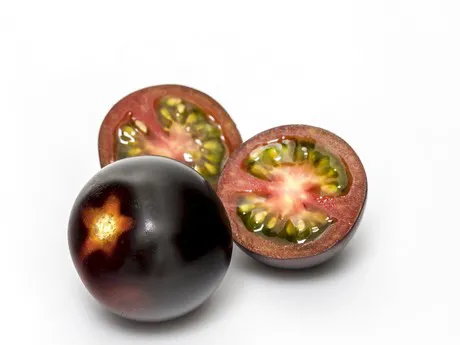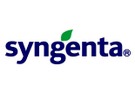The new purple-skinned YOOM cocktail tomato was developed through a natural selection breeding program by Syngenta Vegetable Seeds’ tomato specialists. YOOM tomatoes have a distinctive purple-skinned color. It is packed with flavor and has a nice sweet-sour balance, which gives a lasting Umami/savory taste sensation for consumers.
Year-round supply from professional growers fosters customer loyalty for the YOOM tomatoes, which are being introduced through a brand campaign - including packaging, advertising, dedicated website and social media activities.

Presented for the first time at Fruit Logistica 2019 - YOOM gained instant attraction from growing markets across Europe, including Spain, Italy and Portugal, which also will supply produce to France, Benelux, Germany and the UK.
Now, the YOOM brand is being extended to North America and Australasia. Pilot trial growers have confirmed good plant performance, in terms of yield and shelf life of the produce. These characteristics, together with the easy adaptation of YOOM genetics to the modern greenhouse environment, will enhance the opportunity for growers to differentiate their offer for retailers.
Syngenta Value Chain Lead Jeremie Chabanis believes the size, texture, crunchiness and juiciness of the cocktail tomato variety YOOM makes it a truly gourmet experience for everyone.
“Healthy and tasty in just two bites, each YOOM tomato holds higher levels of anthocyanins, compared to regular tomatoes, per Syngenta internal trials,” said Chabanis. “The higher levels of anthocyanins give it the distinctive purple skin color.” Anthocyanins are believed to have proactive properties against a range of health issues, including high blood pressure, diabetes and inflammation.
“As the YOOM tomato ripens naturally on the vine, it develops its wonderfully attractive deep purple color, firm texture and natural sugars. Consumers are positively surprised by this fresh flavor and unique Umami sensation,” he added.
Following a successful winter production program in southern Europe, growth is now in full swing in some northern European countries - enabling local production wherever possible, along with potential for continued year-round supply. Spring and summer season results in North America have shown good potential for a successful commercial launch in the upcoming growing cycle.

